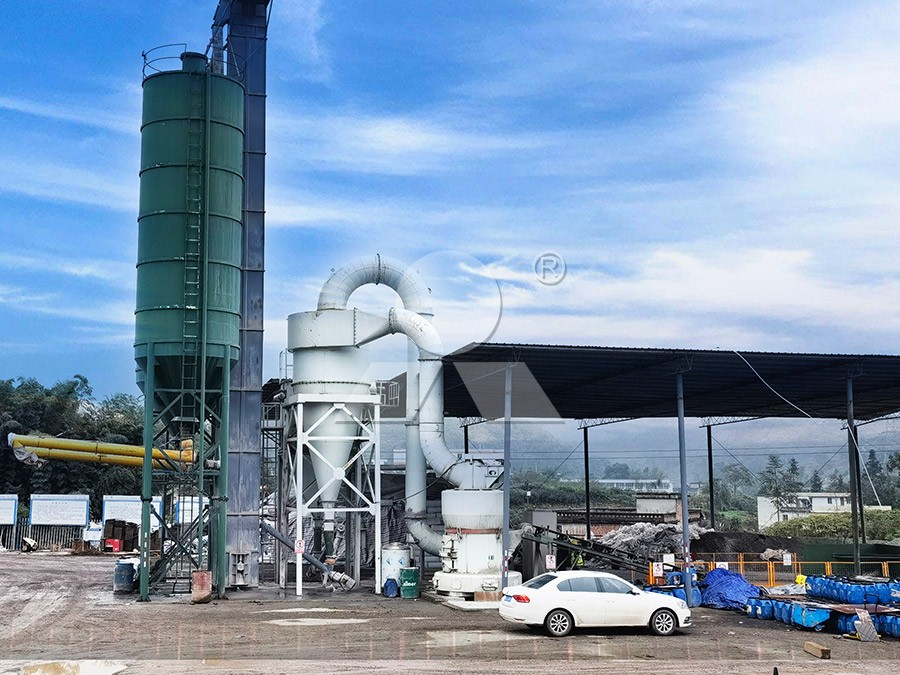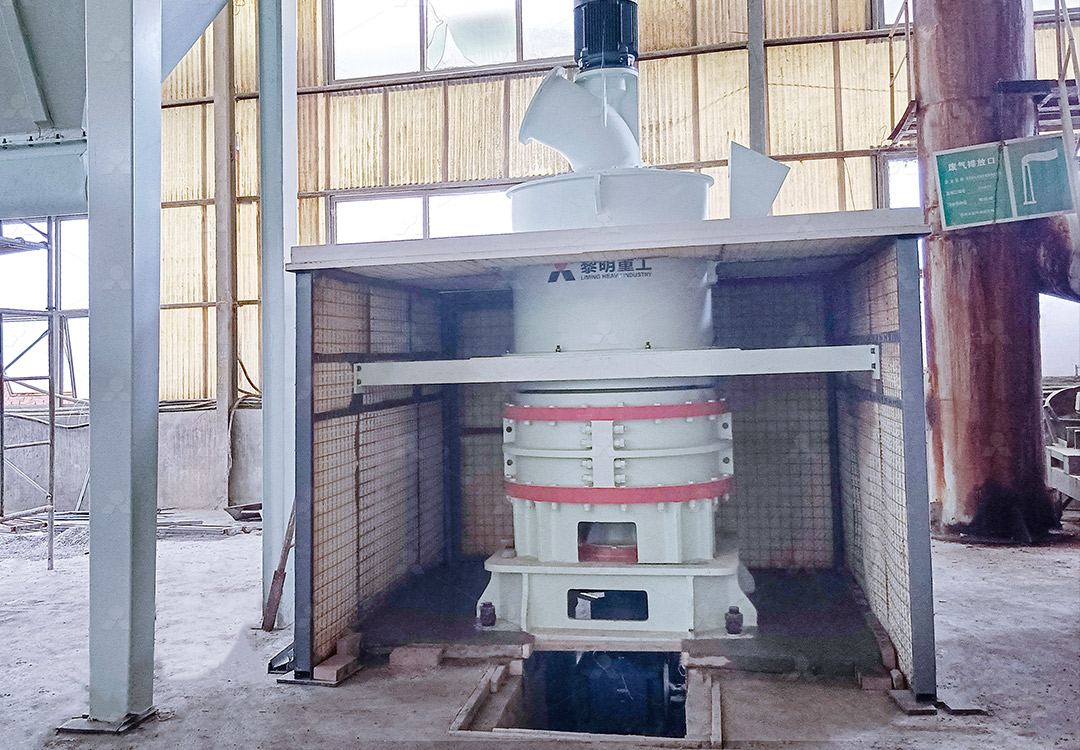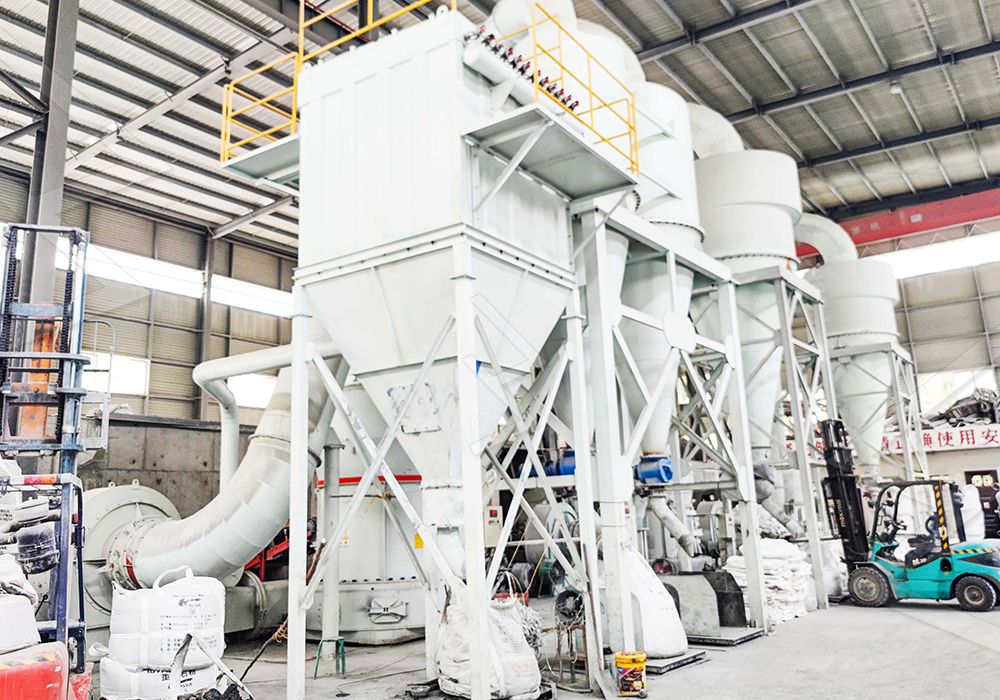10tph H-Type Grinding Mill Motor Power Calculation and Selection Guide
10tph H-Type Grinding Mill Motor Power Calculation and Selection Guide
Selecting the correct motor power for a 10 tons per hour (tph) H-Type grinding mill is a critical step in ensuring operational efficiency, reliability, and cost-effectiveness. An undersized motor will lead to constant overloads, premature failure, and production bottlenecks. Conversely, an oversized motor results in higher initial capital expenditure and wasted energy consumption. This guide provides a professional overview of the key factors and calculations involved in this crucial selection process.
Key Factors Influencing Motor Power Requirement
The power required to drive a grinding mill is not a single fixed value; it depends on a complex interplay of several material and operational factors:
- Material Hardness & Abrasiveness: Grinding harder, more abrasive materials like quartz or granite requires significantly more power than softer materials like limestone or calcite. The Work Index of the material is a key parameter here.
- Feed Size: Larger input sizes require more energy to break down to the desired fineness. A mill processing 20mm feed will need more power than one processing 5mm feed for the same output.
- Desired Output Fineness: Achieving a finer product size (e.g., 2500 mesh vs. 325 mesh) demands more grinding cycles and higher energy input.
- Mill Design & Efficiency: The mechanical efficiency of the mill itself—including the design of the grinding curves, roller and ring materials, and bearing systems—directly impacts power draw. Newer mill designs are far more efficient than older models.
- System Auxiliaries: The total motor power must account for the energy needed to run the classifier, feeder, and main fan or exhaust system, not just the grinding mechanism.

Basic Power Calculation Methodology
A simplified, first-principles approach for estimating the motor power (P) for a 10 tph capacity mill can be derived from the specific grinding energy consumption:
P (kW) = Capacity (t/h) × Specific Energy (kWh/t) ÷ Mill Drive Efficiency
For a typical H-type ring-roller mill application, the specific energy consumption can range from 15 to 50 kWh/t, depending heavily on the factors listed above. For a 10 tph mill processing a medium-hard material to a medium fineness, a rough estimate might use a value of ~25 kWh/t.
P = 10 t/h × 25 kWh/t = 250 kW
This 250 kW is the net power required at the grinding mechanism. You must then account for drive train losses (gearbox, couplings). Assuming a drive efficiency of 95%, the required motor shaft power would be:
Motor Power = 250 kW / 0.95 ≈ 263 kW
Therefore, a standard 280 kW or 300 kW motor would be a suitable selection, providing a necessary safety margin for startup and fluctuating load conditions without being excessively oversized.
Product Recommendation: MW Ultrafine Grinding Mill
For applications demanding high efficiency and ultra-fine outputs at around the 10tph range, our MW Ultrafine Grinding Mill is an exceptional choice. It is expertly engineered for customers needing to make ultra-fine powder between 325-2500 meshes. Its advanced design features directly contribute to optimized power consumption.
- Higher Yielding, Lower Energy Consumption: With newly designed grinding curves, its production capacity is 40% higher than jet mills and stirred mills at the same power level. The system energy consumption is only 30% of a comparable jet mill, making your motor power work far more effectively.
- Robust Design: A critical feature for power stability is the absence of rolling bearings and screws in the grinding chamber. This eliminates common failure points that can cause motor overloads and ensures consistent, worry-free operation, allowing for continuous 24/7 production.
- Eco-friendly Operation: Equipped with an efficient pulse dust collector and muffler, it reduces dust and noise, ensuring the entire production process meets environmental standards.
Key Specs: Input Size: 0-20 mm | Capacity: 0.5-25 tph (perfectly encompassing the 10tph target)

Final Selection and Best Practices
While these calculations provide a strong starting point, final motor selection should always be made in consultation with our technical engineering team. We can provide precise power recommendations based on your specific material sample and production goals. Always ensure the selected motor has adequate starting torque to handle the initial load and is paired with a correctly sized Variable Frequency Drive (VFD) for smooth startup and optimized power factor.

Choosing the right motor is the foundation of a profitable and reliable grinding operation. By carefully considering your material properties and leveraging efficient technology like the MW Series Mill, you can achieve your production targets with minimized energy costs and maximum uptime.
